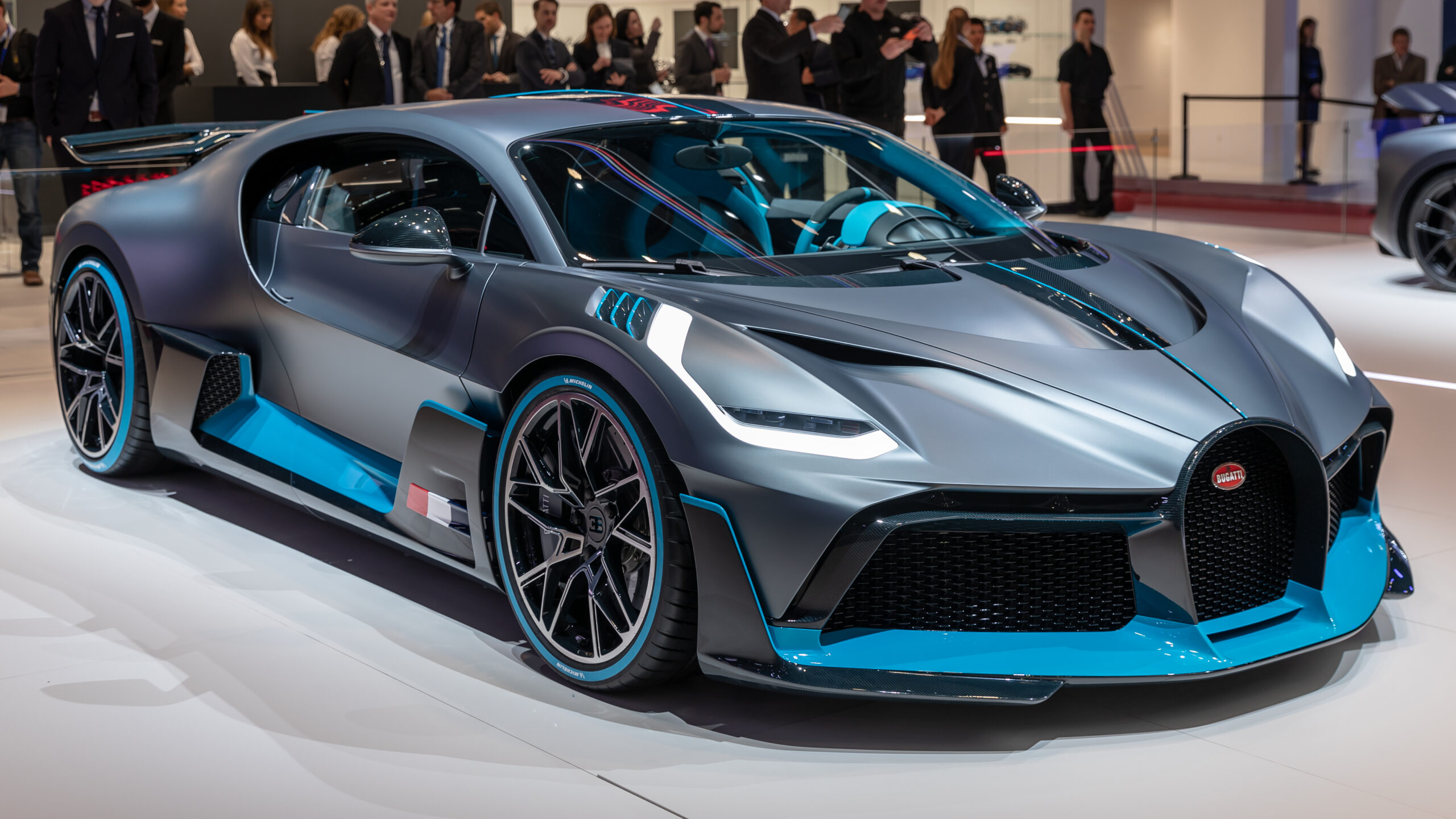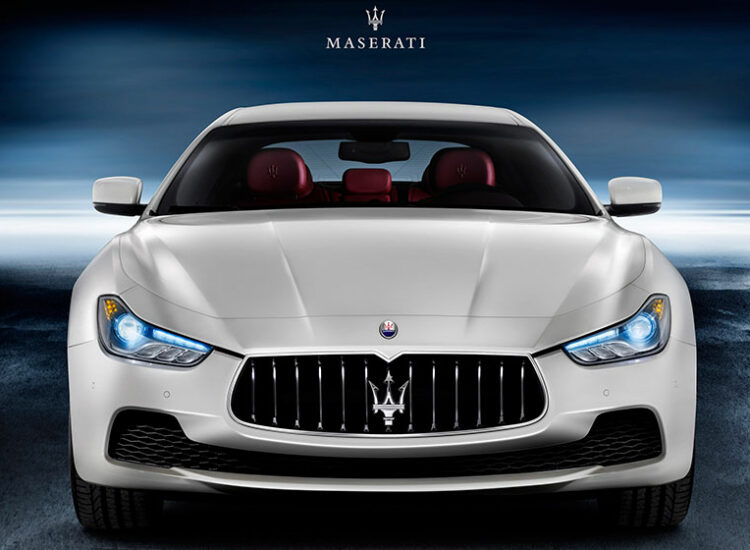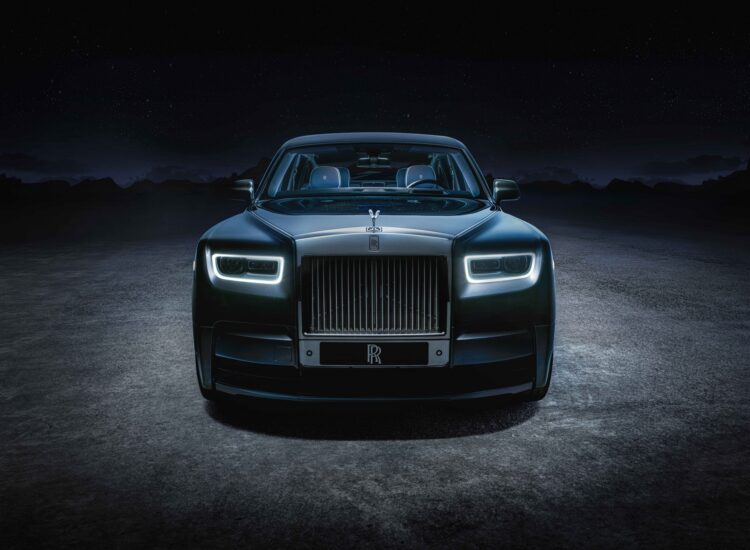The Pursuit of Perfection: The Enduring Significance of Bugatti
In the pantheon of automotive manufacturers, few names evoke the same sense of awe, exclusivity, and boundary-pushing engineering as Bugatti. More than just a car company, Bugatti represents a confluence of art, design, and unparalleled technical achievement. From its origins in the early 20th century to its modern incarnation as a builder of hypercars, Bugatti has consistently stood for the extraordinary. Its significance lies not only in the breathtaking speed of its vehicles but in its unwavering commitment to craftsmanship, aesthetic beauty, and a legacy of innovation that continues to define the pinnacle of automotive excellence.
The Foundation of Excellence: Ettore Bugatti’s Vision (Early History)
The story of Bugatti begins in Molsheim, Alsace (then part of Germany, now France), in 1909, with its visionary founder, Ettore Bugatti. Ettore was not just an engineer; he was an artist and a designer with a philosophy encapsulated by the brand’s motto: “Art, Forme, Technique” (Art, Shape, Technology). He believed that mechanical components should be as beautiful as they were functional, transforming engineering into a form of sculpture.
The early decades saw Bugatti produce a series of highly successful and iconic vehicles that dominated the burgeoning world of motorsport. The Bugatti Type 35, introduced in 1924, became one of the most successful racing cars of all time, winning countless 1 races and establishing Bugatti’s reputation for performance and reliability on the track. These cars were not just fast; they were elegantly designed, featuring Ettore’s signature attention to detail and aesthetic purity.
Ettore’s son, Jean Bugatti, also played a crucial role, contributing significantly to the design language of the brand. His most famous creation, the Type 57 SC Atlantic of the late 1930s, is widely regarded as one of the most beautiful and valuable cars ever made. Its distinctive riveted dorsal seam and streamlined bodywork epitomized the Art Deco movement and Bugatti’s unique blend of speed and sculpture.
However, the golden age of Bugatti was interrupted by World War II, and the brand struggled in the post-war years. Ettore Bugatti’s death in 1947 marked a period of decline, and the original company eventually ceased production, leaving behind a legendary but dormant name.
Attempts at Revival and the VW Era Renaissance
Several attempts were made to resurrect the Bugatti marque over the following decades, most notably by Italian entrepreneur Romano Artioli in the 1990s. His creation, the EB110, was a technological marvel for its time, featuring a quad-turbo V12 engine and carbon fiber chassis, hinting at the future direction of high-performance cars. While critically acclaimed, financial difficulties led to the failure of this venture.
Related articles 01:
1. https://fordlangha.com.vn/built-to-last-three-car-brands-renowned-for-unwavering-reliability
2. https://fordlangha.com.vn/gioi-thieu-ve-dong-xe-ford-ranger-xls-4x2-mt-tai-ford-lang-ha
3. https://fordlangha.com.vn/xe-ford-ecosport-toan-tuyet-doi-cho-nguoi-ngoi-tren-xe
4. https://fordlangha.com.vn/ford-ranger-2015-noi-that-thiet-ke-rong-rai-sang-trong
5. https://fordlangha.com.vn/ford-everest-2015-moi-chuan-bi-ra-mat
The true modern renaissance of Bugatti began in 1998 when the Volkswagen Group acquired the rights to the brand. Under the leadership and vision of Ferdinand Piëch, VW Group set out on an audacious mission: to create the fastest, most powerful, and most luxurious production car the world had ever seen, resurrecting Bugatti to its former glory. This ambitious project culminated in the development and launch of the Bugatti Veyron 16.4 in the early 2000s.
The Veyron was an engineering tour de force. It was powered by an unprecedented 8.0-liter quad-turbocharged W16 engine producing over 1,000 horsepower. Achieving its target top speed of over 400 km/h (250 mph) presented immense technical challenges related to aerodynamics, cooling, and tire technology. The successful realization of the Veyron was a monumental engineering feat that not only broke world records but also firmly re-established Bugatti at the absolute apex of automotive performance and luxury. It proved that the brand was back and more technologically advanced than ever.
The Modern Hypercar Dynasty: Chiron and Beyond
Following the success and production run of the Veyron and its derivatives, Bugatti unveiled its successor, the Chiron, in 2016. The Chiron built upon the Veyron’s foundation, retaining the iconic W16 engine (now producing 1,500 horsepower), but refining every aspect – performance, luxury, and design. The Chiron continued Bugatti’s legacy of pushing boundaries, eventually producing a variant that exceeded 300 mph (over 480 km/h), further cementing the brand’s reputation for top speed.
The Chiron lineage expanded with a series of ultra-exclusive, limited-edition models, each highlighting a different facet of Bugatti’s capabilities and heritage. Models like the Divo focused on agility and handling; the Centodieci paid homage to the EB110; La Voiture Noire was a unique, coach-built masterpiece celebrating automotive haute couture; and the Bolide represented Bugatti’s vision for an extreme, track-focused machine. These variants showcased Bugatti’s willingness to experiment within its established framework and catered to the most discerning collectors seeking ultimate exclusivity and specific performance characteristics. The consistent element across these modern hypercars has been the legendary W16 engine, a symbol of Bugatti’s commitment to internal combustion power at its most extreme.
Engineering Marvels and Design Philosophy
At the heart of Bugatti’s significance is its relentless pursuit of engineering perfection blended with artistic design. The W16 engine is a mechanical masterpiece, a complex arrangement of cylinders and turbochargers that delivers mind-boggling power. The engineering required to manage the heat generated by such an engine, the aerodynamic forces at extreme speeds, and the overall stress on materials is extraordinary. Bugatti engineers constantly innovate in areas like carbon fiber construction, active aerodynamics, and cooling systems.
This engineering prowess is always coupled with Ettore Bugatti’s original “Art, Forme, Technique” philosophy. Every Bugatti car is designed to be visually stunning, with flowing lines, the iconic horseshoe grille (a nod to Ettore’s love of horses), and often a central spine running the length of the car, referencing the Type 57 Atlantic. The design is not merely for aesthetics; it is intrinsically linked to the car’s performance, with every curve and vent serving an aerodynamic or cooling purpose. The blend of sculptural beauty and extreme functionality is a hallmark of the brand.
Exclusivity, Craftsmanship, and The Bugatti Experience
Related articles 02:
1. https://fordlangha.com.vn/ford-sap-cho-ra-mat-phien-ban-ford-fiesta-st-moi
2. https://fordlangha.com.vn/xe-ford-ecosport-toan-tuyet-doi-cho-nguoi-ngoi-tren-xe
3. https://fordlangha.com.vn/noi-that-cua-ford-ranger-2017
4. https://fordlangha.com.vn/xe-ford-ranger-mau-trang-don-gian-ma-day-tinh-te
5. https://fordlangha.com.vn/gioi-thieu-ve-dong-xe-ford-ranger-xls-4x2-mt-tai-ford-lang-ha
A key component of Bugatti’s importance is its exclusivity. Production numbers are kept extremely low – only a few hundred Veyrons and a few hundred Chirons have been built, with limited editions often numbering in the tens or even single digits. This scarcity, combined with their astronomical price tags, makes owning a Bugatti a privilege reserved for a very select few.
The price reflects not just the performance but also the unparalleled craftsmanship and attention to detail. Each Bugatti is essentially hand-built in Molsheim. The level of customization available to owners is immense, ensuring that almost every car is a unique creation. The interior is a blend of luxurious materials – fine leather, polished metals, carbon fiber – all meticulously assembled. Owning a Bugatti is not just about possessing a fast car; it’s about acquiring a piece of rolling art, a marvel of engineering, and an object of bespoke luxury.
The Future: Bugatti Rimac and the Tourbillon
The automotive landscape is shifting, with electrification playing an increasingly dominant role. In 2021, Bugatti entered a new era, forming a joint venture with Croatian electric hypercar manufacturer Rimac Automobili, becoming Bugatti Rimac. This partnership signals Bugatti’s intention to embrace future technologies while preserving its core identity.
The first fruit of this collaboration is the recently unveiled Bugatti Tourbillon, the successor to the Chiron. Breaking from the standalone W16, the Tourbillon features a naturally aspirated V16 engine paired with three electric motors, creating a high-performance hybrid powertrain. This move demonstrates Bugatti’s commitment to retaining a large-displacement internal combustion engine – a nod to its heritage – while incorporating electrification to meet modern performance and environmental demands. The Tourbillon promises to continue Bugatti’s legacy of breathtaking speed, innovative engineering, and exquisite luxury.
Conclusion
Bugatti’s importance in the automotive world is undeniable. It is a brand that has consistently operated at the extreme limits of what is possible, blending artistic vision with engineering genius. From the racing dominance of the Type 35 and the timeless beauty of the Type 57 Atlantic to the record-breaking performance of the Veyron and Chiron and the innovative hybrid future promised by the Tourbillon, Bugatti has remained synonymous with hypercar excellence. It represents a unique intersection of speed, luxury, exclusivity, and craftsmanship that few, if any, other manufacturers can match. Bugatti cars are more than vehicles; they are cultural icons, engineering masterpieces, and symbols of a relentless pursuit of automotive perfection that began with Ettore Bugatti’s vision over a century ago and continues to captivate and inspire today.








Leave a Reply